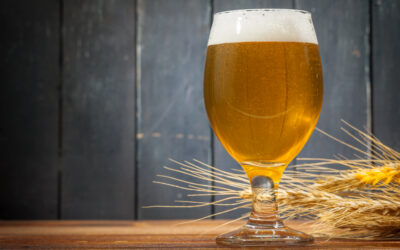There is no correct way to classify or categorise different types of beer. What we have attempted to do here is bring together the major established beer styles of the world and make some sense of them. Nothing will remain unchanged. This is a living document.
Our guide is intended to be broadly compatible with two other classifications, the BJCP 2021 Guidelines from the Beer Judge Certification Program, the gold standard for many international beer competitions; and the Beer Styles 2023 Guidelines from the Brewers Association in the United States, developed to inform its members, who are mostly craft brewers. Our guidelines differ only in coming from a European perspective and being intended for the consumer.
We have not attempted to be comprehensive, as to be so would likely be both impossible and undesirable. Just because an inventive brewer adds coconut powder to a hopped Sahti does not mean that the world has gained an exciting new beer style, or even something worth noting. The styles we list here are those that have stood the test of time, or in a few cases seem well set to do so. We have not tried to include every novelty to hit the market.
The only major category we have intentionally excluded, is that of no-alcohol or low-alcohol beers. This is because they do not yet constitute a style, as such. Rather, they represent a cluster derived from many different styles, including industrial lagers, a variety of pale ales, stouts, wheat beers and others. They are also very much a work in progress. When we feel we can do the category justice, we will include them.
Nothing remains unchanged over time, and certainly no beer style. The categories that we have listed are set in jelly, not in stone. All beer styles are constantly evolving and nowadays few are confined to specific local markets, or beer cultures.
The craft beer revolution was rooted in European consumer activism in the 1970s and 1980s, bore green shoots in North America in the 1990s, budded on both sides of the Atlantic around the turn of the millennium, and has blossomed globally in the last decade. It followed on from an industrial revolution in beer making that dominated the mid-20th century, having been led by efficiency goals within the industry, rather than any demand for better, more flavoursome beers from interested consumers.
Inevitably, beer will change constantly over time, through experimentation, changes in the availability or cost of ingredients, the development of new techniques, or simply changes to taxation. Fashions come and go, new talents arrive, and as ever, beer will reflect life. Nothing is static, or ever was – this is how beer grows.
This website is a living document. Provided you are polite, we are happy to hear your suggestions for improving it.





